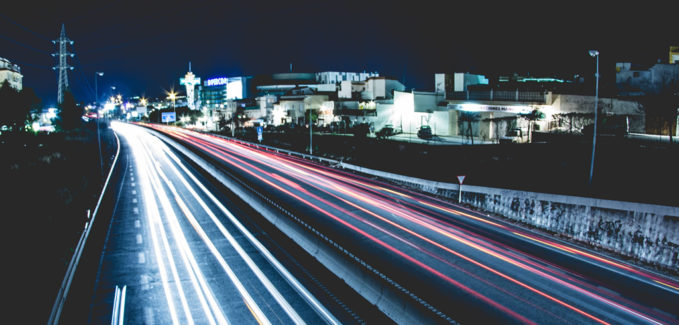This is a sponsored post written by me on behalf of Arrow.com for IZEA. All opinions are 100% mine.

The Internet of Things (IoT) has the ability to revolutionise the modern city, providing the data and automation needed to improve efficiency, drive down costs, and better connect citizens with state services – but only once governments move to embrace the technology.
When most people think of IoT, they imagine people having coffee pots automatically that begin to brew coffee as soon as you walk in the door, or thermostats that can be managed from a smartphone app – but the technology offers much more when introduced on a large scale.
This larger scale does not necessarily just mean large corporations working together, but also smaller more specialised technology firms and individuals, using components from tech specialists like Arrow.com – with the IoT meaning that both large and small can communicate with each other on a level playing field to make the city better.
When launched on a city-wide scale, the IoT can mean sensors added to parking spots so that motorists can immediately see where they can park, and possibly integrated with their onboard navigation systems so the car can guide them.
Smart parking technology is already on the streets thanks to a partnership between IPS and Arrow.com, with the meters powered by solar panels and wirelessly connected to city transportation departments. The smart technology means that broken meters are immediately identified and quickly fixed, and parking enforcement officers can quickly see which vehicles are paid or unpaid – making the whole transaction more reliable and increasing revenues by 20-50%.
In the future, this idea of smart streets will go further, with more sensors can monitor traffic flows, and change the speed of traffic lights to try and ease congestion and improve safety, with car navigation systems live updated with the information – making sure everyone spends less time travelling and more time either at work or at leisure.
Buildings can be monitored in real-time for energy efficiency, with smart motors on windows and pipe valves maintaining stable temperatures and optimal air flow. And building managers can control lighting and heating from smartphone apps, with the systems themselves organising a service when they are in need or their monitoring systems have flagged an issue.
Streetlights are important for public safety, but that they are on all night even when nobody is around is a waste of electricity – smart lights could be configured to only switch on when a person comes within 100m of them. This not only means less energy wasted, but also less light pollution streaming through people’s bedroom windows.
As explained by Nick Powers of Arrow.com, “lighting intelligence” could take this even further, with each street or even each streetlamp with its own individual sensors, processor and wireless transmitter – which means that the brightness of the light could be varied on a hyper-local level taking into account the amount of daylight, rain, and other environmental variables.
If installed city-wide, solar-panels co-ordinated with large batteries, of both high and low tech, could fulfil much more if not all of the public’s energy needs, especially with the efficiencies gained from IoT technologies.

These technologies provide a glimpse of the future of smart cities, but these ideas can only become a reality once cities start to invest in IoT on a large scale – and according to a recent report by the National Association of State Chief Information Officers (NASCIO), most cities have not even developed a roadmap yet.
Some large technology firms like GE and Hewlett Packard Enterprise have begun to work together to make the IoT a reality, but there is much that is yet to be invented, and this is where small, independent engineers can thrive. New ideas rarely come from big corporations, but instead tend to come from smaller more agile firms or even individual inventors who have a personal passion to fix a particular problem.
Large corporations do not have an appreciation of the pain points experienced by citizens of modern cities the way the developers, engineers, and DIYers who live there do. Using datasheets and components, such as sensors, motors, and electronic boards, from Arrow.com, engineers can develop and build solutions to these real-world problems facing modern cities – likely reducing stress points and improving not only their own lives but also of those living around them.
Photographs by Leo Hidalgo / Leo Hidalgo

